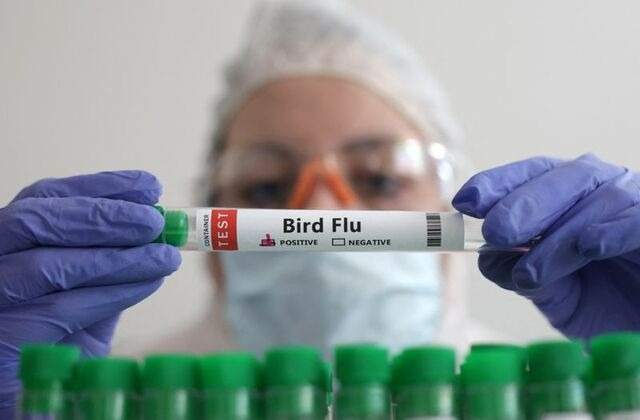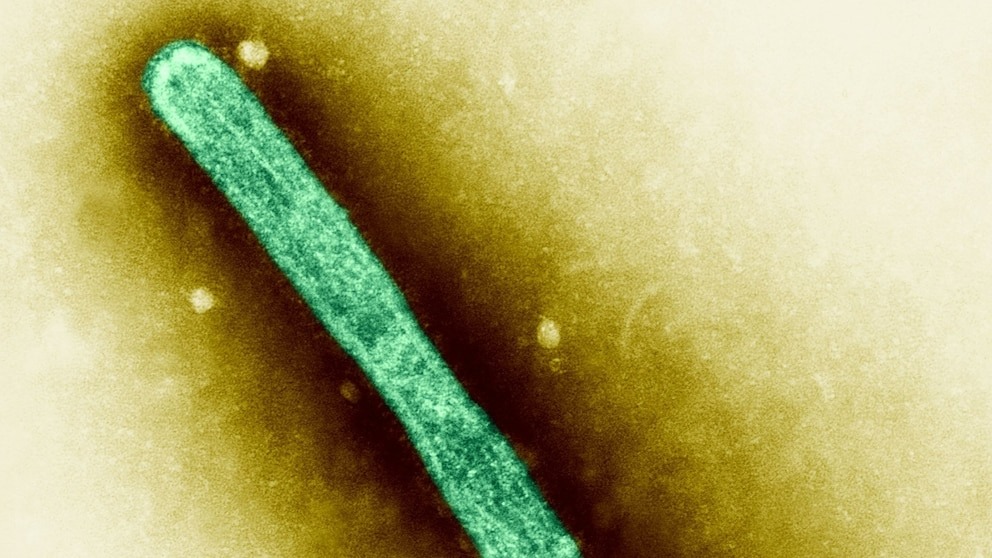
In a groundbreaking development that has raised significant concerns among public health experts, the Centers for Disease Control and Prevention (CDC) has confirmed the first documented case of human infection with the H5N1 bird flu virus without any known contact with infected birds or animals. This unprecedented occurrence has prompted widespread investigations to understand the transmission dynamics and potential risks to public health.

The patient, a resident of Missouri, was hospitalized on August 22 with symptoms consistent with influenza. Upon testing, the individual was found to be positive for the H5N1 bird flu virus. While the patient has since recovered, the case marks a significant departure from previous human infections, which have primarily been linked to direct contact with infected poultry or wild birds.

The CDC is currently conducting a thorough investigation to determine the source of infection and identify any potential transmission pathways. Experts are exploring various possibilities, including the potential for indirect transmission through contaminated environments or the possibility of a novel mutation in the virus that allowed it to infect humans without direct animal contact.

The emergence of this case has heightened concerns about the potential for the H5N1 virus to adapt and become more transmissible among humans. While the risk to the general public remains low at this time, the CDC is closely monitoring the situation and urging individuals to practice good hygiene and avoid contact with sick poultry or wild birds.

The identification of the first human case of H5N1 bird flu without known animal contact is a significant milestone in the ongoing battle against this highly contagious virus. As investigations continue, it is imperative to remain vigilant and take appropriate measures to protect public health. The CDC and other health agencies will continue to provide updates as more information becomes available.

Leave a Reply